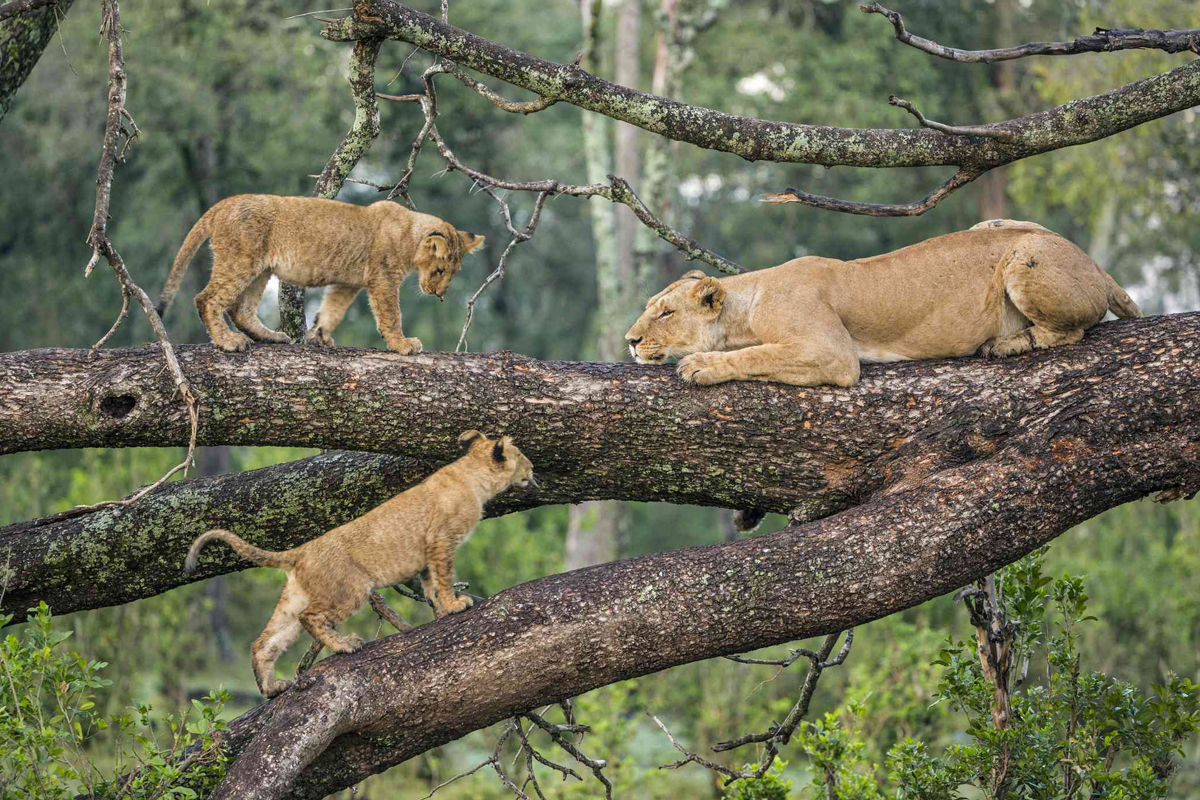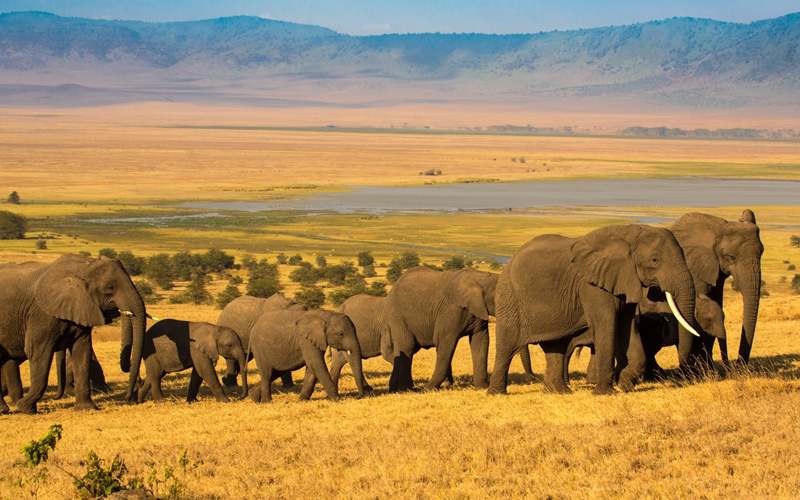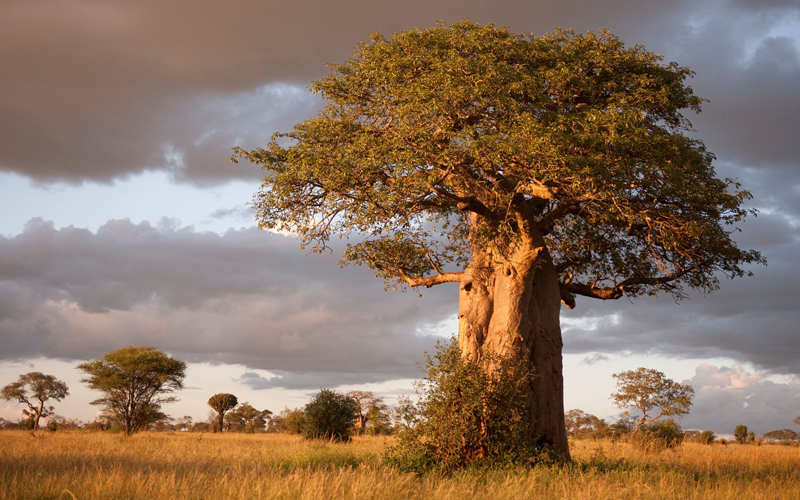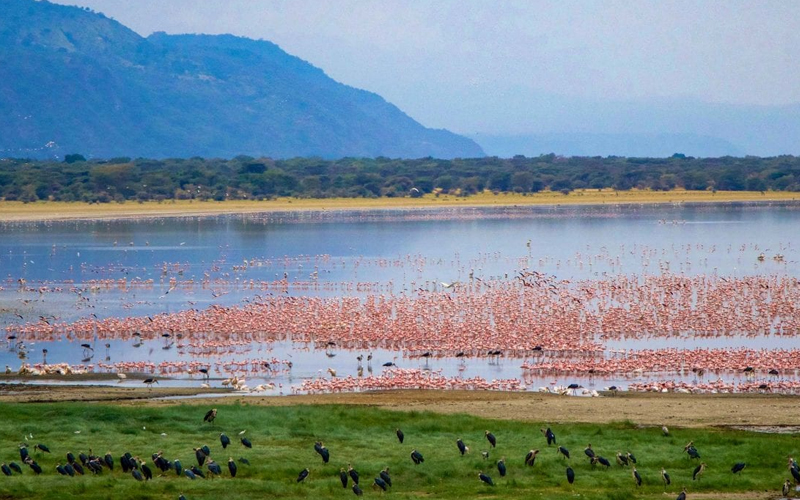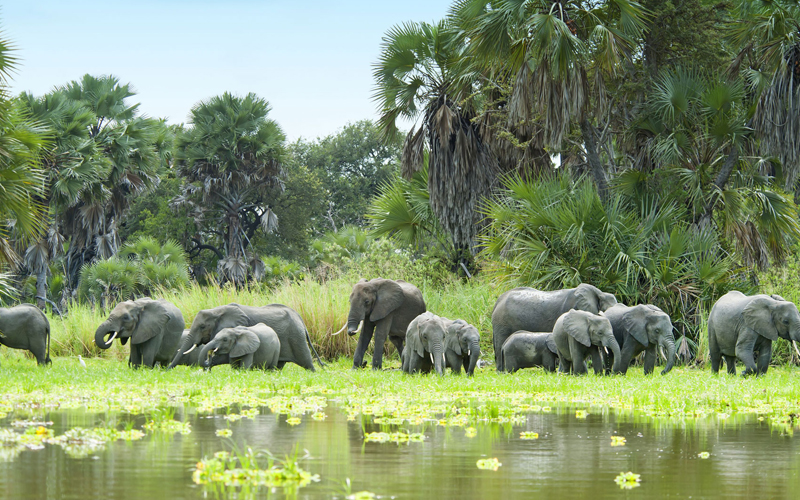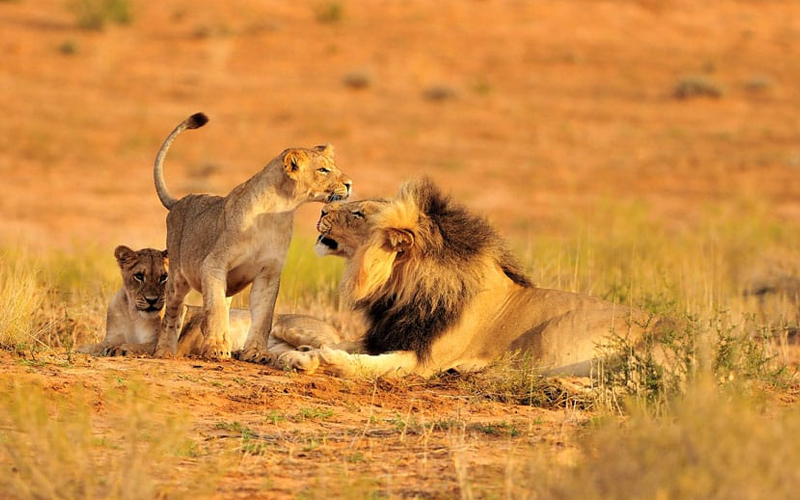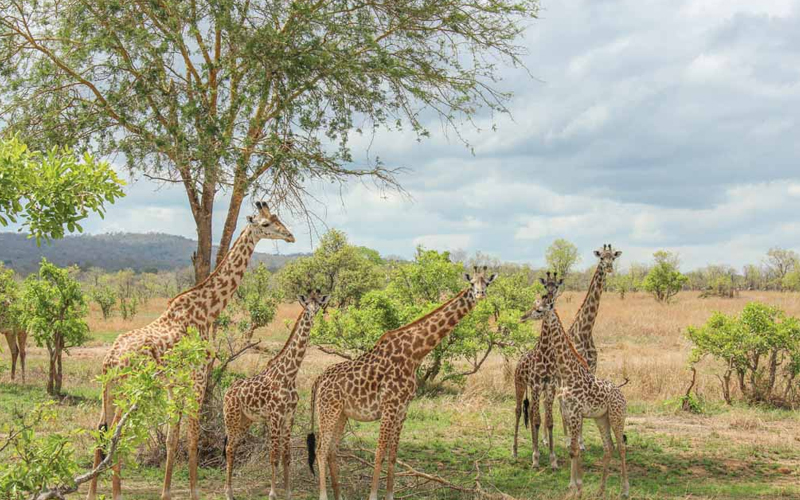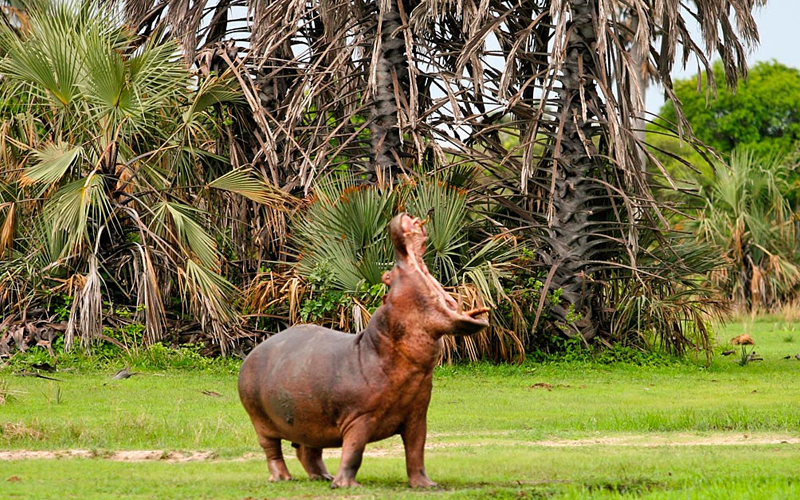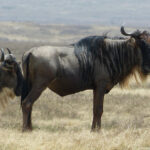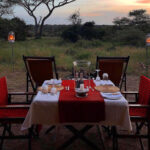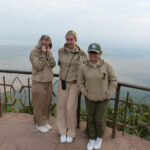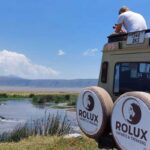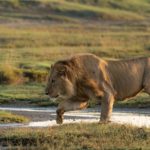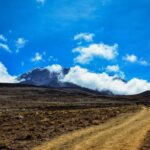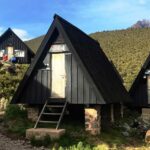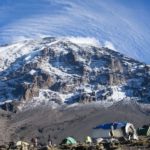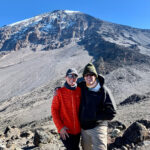Tanzania is synonymous with the quintessential African safari experience. The country’s vast wilderness areas, teeming with diverse wildlife and breathtaking landscapes, make it one of the premier destinations for nature and adventure enthusiasts. Whether you are a seasoned safari-goer or embarking on your first wildlife expedition, Tanzania offers a rich tapestry of ecosystems and unparalleled opportunities to witness nature’s grandeur. In this article, we will explore the top safari destinations in Tanzania, highlighting their unique features and what makes each location a must-visit.
Serengeti National Park
The Serengeti National Park is arguably the most famous safari destination in Tanzania, if not the world. Spanning approximately 14,750 square kilometers, this UNESCO World Heritage Site is renowned for its vast plains and incredible biodiversity. The Serengeti is home to the Great Migration, where over a million wildebeest, zebras, and gazelles traverse the plains in a dramatic search for fresh grazing grounds. This annual event, punctuated by perilous river crossings and predator encounters, is a spectacle that attracts visitors from around the globe.
Beyond the migration, the Serengeti offers excellent year-round game viewing. The park is divided into several distinct regions, each offering unique wildlife experiences. The Seronera area, located in the central part of the park, is known for its high density of predators, including lions, leopards, and cheetahs. The Western Corridor, with its Grumeti River, is famous for its crocodiles and the dramatic river crossings during the migration. The northern Serengeti, bordering Kenya’s Masai Mara, is a prime location for witnessing the migration from July to October.
Ngorongoro Crater
The Ngorongoro Crater, a UNESCO World Heritage Site and one of the Seven Natural Wonders of Africa is a geological marvel and a wildlife haven. Formed from a collapsed volcano, this massive caldera spans about 260 square kilometers and is home to an extraordinary concentration of wildlife. Often referred to as “Africa’s Eden,” the crater’s floor is a mix of grasslands, swamps, lakes, and forests, creating diverse habitats for various species.
The Ngorongoro Crater boasts one of the highest densities of wildlife in Africa, including the Big Five: lions, elephants, rhinos, leopards, and buffalo. The crater is particularly renowned for its large lion population and the rare black rhino, which can be challenging to spot elsewhere. Additionally, the alkaline Lake Magadi within the crater attracts flocks of flamingos, adding to the area’s picturesque beauty. The Maasai people, who graze their cattle alongside the wildlife, also inhabit the region, offering cultural insights into their traditional way of life.
Tarangire National Park
Tarangire National Park, named after the Tarangire River that flows through it, is a gem in Tanzania’s northern safari circuit. Covering approximately 2,850 square kilometers, the park is known for its diverse landscapes, which include grasslands, swamps, and ancient baobab trees. During the dry season, from June to October, the Tarangire River becomes a vital water source, attracting large herds of elephants, zebras, wildebeests, and buffalo.
The park is also home to a remarkable array of bird species, with over 500 recorded varieties, making it a paradise for birdwatchers. Tarangire is less crowded than the Serengeti and Ngorongoro, providing a more intimate and off-the-beaten-path safari experience. The park’s unique landscapes and the abundance of wildlife, particularly elephants, make it a captivating destination for nature lovers.
Lake Manyara National Park
Nestled at the base of the Great Rift Valley escarpment, Lake Manyara National Park is a small but incredibly diverse park, covering around 330 square kilometers. The park is named after the shallow, alkaline Lake Manyara, which occupies a significant portion of its area and attracts a wide variety of birdlife, including flocks of flamingos, pelicans, and storks. The lush groundwater forests, acacia woodlands, and open savannahs within the park provide habitats for a rich array of wildlife.
One of the unique features of Lake Manyara National Park is its tree-climbing lions, a rare behavior that adds an element of intrigue to any safari here. The park is also home to large troops of baboons, elephants, giraffes, hippos, and a variety of antelope species. The proximity of Lake Manyara to other northern circuit attractions makes it an excellent addition to a Tanzanian safari itinerary, offering a compact yet rewarding wildlife experience.
Selous Game Reserve
The Selous Game Reserve, recently renamed Nyerere National Park, is one of the largest protected areas in Africa, covering over 50,000 square kilometers. Located in southern Tanzania, the Selous offers a remote and pristine safari experience, away from the more frequented northern circuit parks. The reserve’s diverse landscapes, including miombo woodlands, open grasslands, riverine forests, and swamps, support a rich variety of wildlife.
The Rufiji River, which runs through the reserve, is the lifeblood of Selous and provides excellent opportunities for boat safaris. Visitors can expect to see hippos, crocodiles, and a plethora of bird species along the riverbanks. The reserve is also home to large populations of elephants, buffalo, lions, and wild dogs. The remoteness and vastness of Selous ensure an exclusive and adventurous safari experience, making it a top choice for those seeking solitude and wilderness.
Ruaha National Park
Ruaha National Park, Tanzania’s largest national park, spans approximately 20,226 square kilometers and is a hidden gem in the southern safari circuit. The park is named after the Great Ruaha River, which serves as a vital water source for wildlife. Ruaha’s landscapes are dramatic and varied, featuring rolling hills, baobab-studded plains, and rocky outcrops.
Ruaha is renowned for its large elephant and buffalo populations and is one of the best places in Tanzania to see predators, including lions, leopards, and cheetahs. The park also supports a significant number of lesser-known species, such as the sable and roan antelopes. Bird enthusiasts will find Ruaha particularly rewarding, with over 570 species recorded. The park’s remote location and limited tourist infrastructure contribute to its wild and untouched atmosphere, offering a true wilderness experience.
Mikumi National Park
Mikumi National Park, located near the bustling city of Dar es Salaam, is part of the larger Selous ecosystem and covers about 3,230 square kilometers. The park’s proximity to Dar es Salaam makes it a convenient destination for short safaris or weekend getaways. Mikumi’s landscape is characterized by open plains, similar to the Serengeti, and is dotted with baobabs, acacias, and palms.
Wildlife in Mikumi is abundant, with regular sightings of elephants, giraffes, zebras, wildebeests, and lions. The Mkata Floodplain is a perfect area for game viewing, often referred to as a miniature Serengeti. Mikumi is also home to a variety of bird species, making it a great destination for birdwatchers. The park’s accessibility and diverse wildlife make it an excellent introduction to Tanzania’s southern safari circuit.
Katavi National Park
Katavi National Park, located in the remote western part of Tanzania, is a hidden treasure that offers a truly off-the-beaten-path safari experience. Covering approximately 4,471 square kilometers, Katavi is one of the least visited parks in Tanzania, ensuring an exclusive and unspoiled wilderness experience. The park’s landscapes include vast floodplains, palm-fringed lakes, and dense woodlands.
Katavi is known for its large herds of buffalo and elephants, as well as significant populations of hippos and crocodiles. The Katuma River and seasonal lakes such as Lake Katavi and Lake Chada are focal points for wildlife during the dry season when animals congregate in large numbers. The park’s isolation and low visitor numbers make it ideal for those seeking solitude and a deeper connection with nature.
Tanzania’s safari destinations are diverse and abundant, each offering unique and unforgettable experiences. From the iconic Serengeti and the awe-inspiring Ngorongoro Crater to the remote and wild Ruaha and Katavi National Parks, Tanzania caters to every type of safari enthusiast. Whether the dramatic Great Migration draws you, the rich cultural encounters with indigenous tribes, or the serene beauty of Tanzania’s varied landscapes, a safari in this incredible country promises the adventure of a lifetime. Embrace the opportunity to explore these top safari destinations and create lasting memories in one of the world’s most spectacular wildlife havens.
FAQs
What is the best time to visit Serengeti National Park?
The best time to visit Serengeti National Park depends on what you want to experience. For the Great Migration, the best months are from June to October, while December to March is ideal for calving season in the southern Serengeti.
Is the Ngorongoro Crater suitable for day trips?
Yes, the Ngorongoro Crater is perfect for day trips. Its compact size allows visitors to explore the crater floor and see a wide variety of wildlife within a single day.
Are there any luxury accommodations in Tarangire National Park?
Yes, Tarangire National Park offers several luxury lodges and tented camps that provide comfortable accommodations, excellent service, and prime locations for game viewing.
Can I combine a safari in Tanzania with a beach holiday?
Absolutely! Many visitors combine their safari adventures with a relaxing beach holiday in Zanzibar, which offers beautiful beaches, clear waters, and rich cultural experiences.
What makes Selous Game Reserve unique?
Selous Game Reserve, now Nyerere National Park, is unique for its remote and pristine wilderness, diverse landscapes, and excellent opportunities for boat safaris along the Rufiji River. Its low visitor numbers ensure an exclusive and intimate safari experience.

